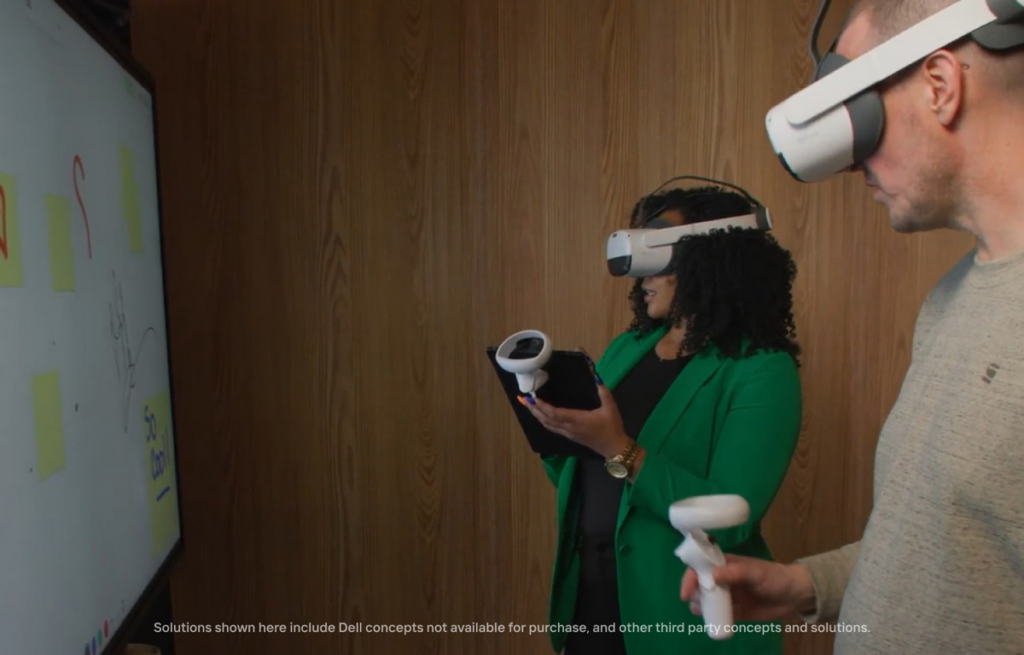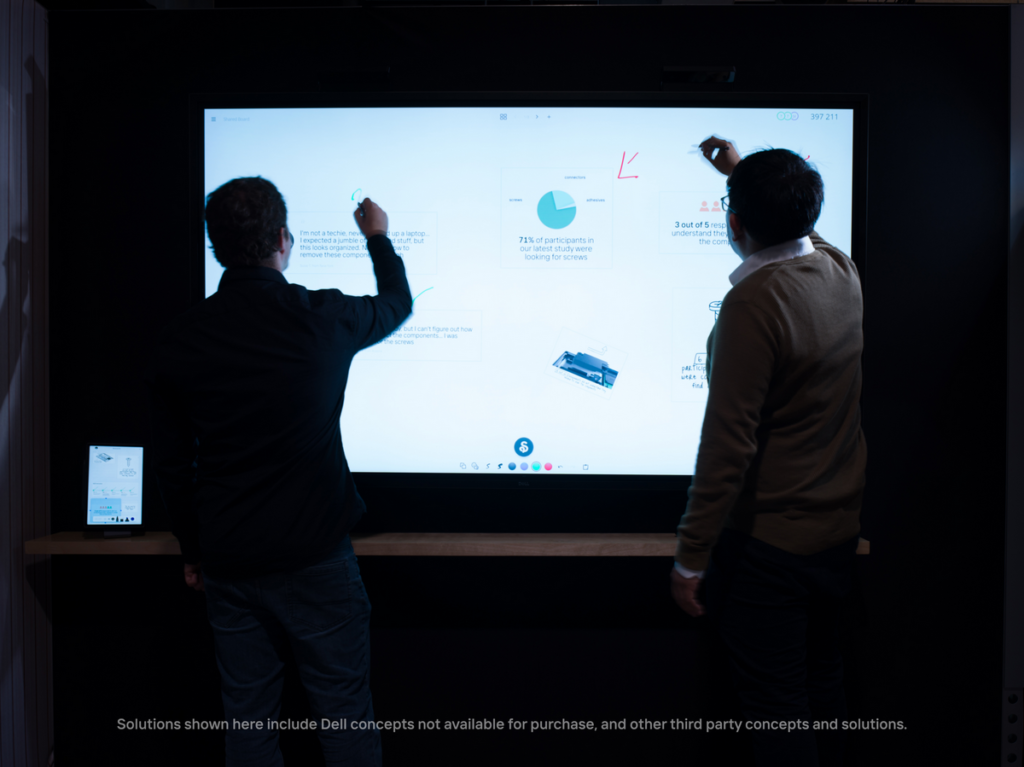This article is contributed by Mak Chin Wah, Country Manager, Malaysia and General Manager, Telecoms Systems Business, South Asia, Dell Technologies
As artificial intelligence (AI) technology continues to evolve and grows in capability, it’s becoming a growing presence in every aspect of our lives. One needs to look no further than voice assistants, navigation like Waze, or rideshare apps such as Grab, which Malaysians are familiar with.

From machine learning and deep learning algorithms that automate manufacturing, natural language processing, video analytics and more, to the use of digital twins that virtually simulate, predict and inform decisions based on real-world conditions, AI helps solve critical modern-life challenges to benefit humanity. In fact, we have digital twin technology to thank for assisting in the bioengineering of vaccines to fight COVID-19.
AI is changing not only what we do but also how we do it — faster and more efficiently.
Advancing Human Progress
For companies like Dell Technologies who are committed to advancing human progress, AI will play a big part in developing solutions to the pressing issues of the 21st century. The 2020s, in particular, are ushering in a fully data-driven period in which AI will assist organisations and industries of all sizes to accelerate intelligent outcomes.

Organisations can harness their AI endeavours through high-performance computing (HPC) infrastructure solutions that reduce risk, improve processing speed and deliver deeper insights. By extracting value through AI from the massive amounts of data generated across the entire IT landscape — from the core to the cloud —businesses can better tackle challenges and make discoveries to advance large-scale, global progress.
Continuing to Innovate
Through transformative innovation, customers can derive the insights needed to change the course of discovery. For example, Dell Technologies equipped Monash University Malaysia with top-of-the-line HPC and AI solutions[i] to help accelerate the university’s research and development computing capabilities at its Sunway City campus in Selangor. The solution aims to enhance and accelerate the university’s computation capabilities in solving complex problems across its significant research portfolio.
Financial services, life sciences and oil and gas exploration are just a few of the other computation-intensive applications where enhanced servers will make a difference in achieving meaningful results, for humankind and the planet.
At the heart of AI technology are essential building blocks and solutions that power these activities. For example, Dell’s existing line of PowerEdge servers has already contributed to transformational, life‑changing projects, and will continue to power human progress in this generation and the next.

The most demanding AI projects require servers that offer distinct advantages – specifically built to deliver higher performance and even more powerful supercomputing results, and yet engineered for the coming generation to support the real-time processing requirements and challenges of AI applications with ease.
In addition to helping deploy more secure and better-managed infrastructure for complex AI operations at mind-boggling modelling speeds, these transformative servers will help meet organisations’ biggest concerns in productivity, efficiency and sustainability, while cutting costs and conserving energy.
Transforming Business and Life
While organisations are in different stages with respect to their adoption of AI, the transformational impact on business and life itself can no longer be ignored. Human progress will depend on the ability of AI to make communication easier, personalise content delivery, advance medical research/diagnosis/treatments, track potential pandemics, revolutionise education and implement digital manufacturing. In Malaysia, while AI is progressively being recognised as the new general-purpose technology that will bring about revolutionary economic transformation similar to the Industrial Revolution, adoption of Industry 4.0 remains sluggish with only 15% to 20% of businesses having really embraced it. On the other hand, the government is taking this emerging technology seriously, having set out frameworks for the incorporation of AI by numerous sectors of the economy. These comprise the Malaysia Artificial Intelligence Roadmap 2021-2025 (AI-Rmap) and the Malaysian Digital Economy Blueprint (MDEB), spearheaded by the MyDIGITAL Corporation and the Economic Planning Unit.
Moving Forward
With servers and HPC at the heart of AI, modern infrastructure needs to match the unique requirements of increasingly complex and widely distributed workloads. Regardless of where a business is on the AI journey, the key to optimising outcomes is having the right infrastructure in place, ready to seamlessly scale as the business grows and positioned to take on the unexpected, unknown challenges of the future. To do that requires having the expertise – or a trusted partner that does – to help at any and every stage, from planning through to implementation, to make smart server decisions that will unlock the organisation’s data capital and support AI efforts to move human progress forward.
[i] Based on Dell Technologies helps Monash University Malaysia enhance its R&D capabilities with HPC and AI solutions Media Alert, November 2022
































